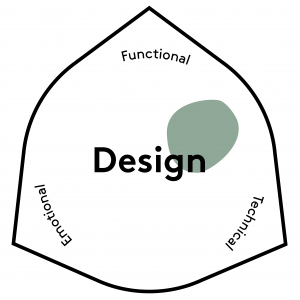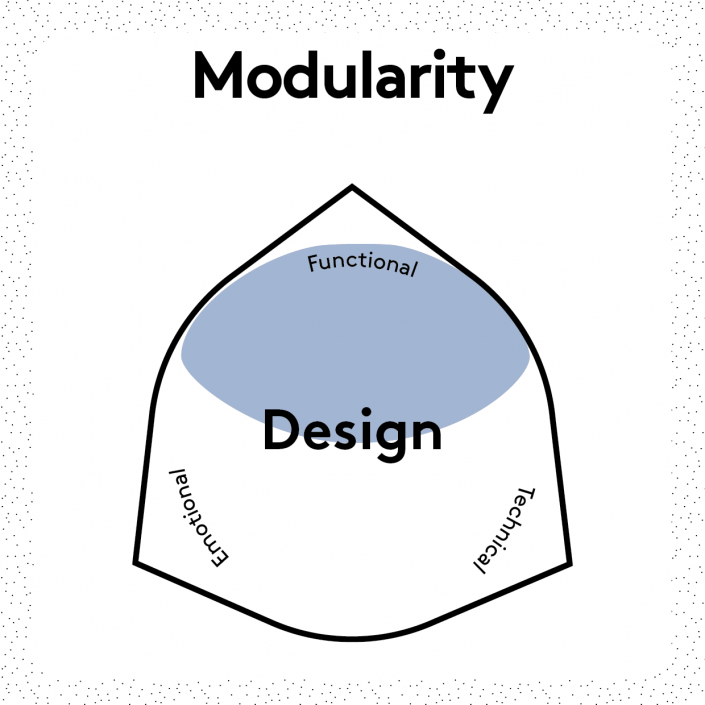What?
To minimise or cancel, through design choices, the generation of waste during the production and use phases. It can be understood as ‘absolute’ Zero-Waste or as Zero-Waste to landfill (ZWtL).
Why?
Working with a zero-waste approach can minimise material waste through, for example, smart pattern placement or the re-use of material scraps (in the context of the apparel industry).
Challenges
- It may demand aesthetic compromises or technical upgrades.
- It can be difficult to get access to quality material leftovers.
- It requires companies to adopt very holistic approaches.
Examples
- Industrial Symbiosis is a model where neighbouring factories use each other’s excess resources (heat, water…) as inputs for new processes. See an example in Kalundborg.
- The Australian company Closed Loop offers a comprehensive range of services and products aiming at waste reduction.
- Additive manufacturing techniques can reduce the generation of excess materials. See Nike’s Flyknitsneakers or 3D printing platforms such as Materialise.
Further Reading
Beitzen-Heineke et al. (2017). The Prospects of Zero-Packaging Grocery Stores to Improve the Social and Environmental Impacts of the Food Supply Chain. Journal of Cleaner Production, 140(3), 1528-1541.
Klug & Niemand (2018). The Lifestyle of Precycling: Measuring and Evaluating a New Form of Anti-Consumption. ICAR conference, Almeria.
McDonough & Braungart (2002). Cradle to Cradle: Remaking the Way We Make Things. North Point Press.
Rissanen & McQuillan (2016). Zero Waste Fashion Design. Bloomsbury.







